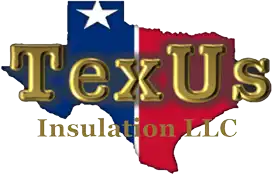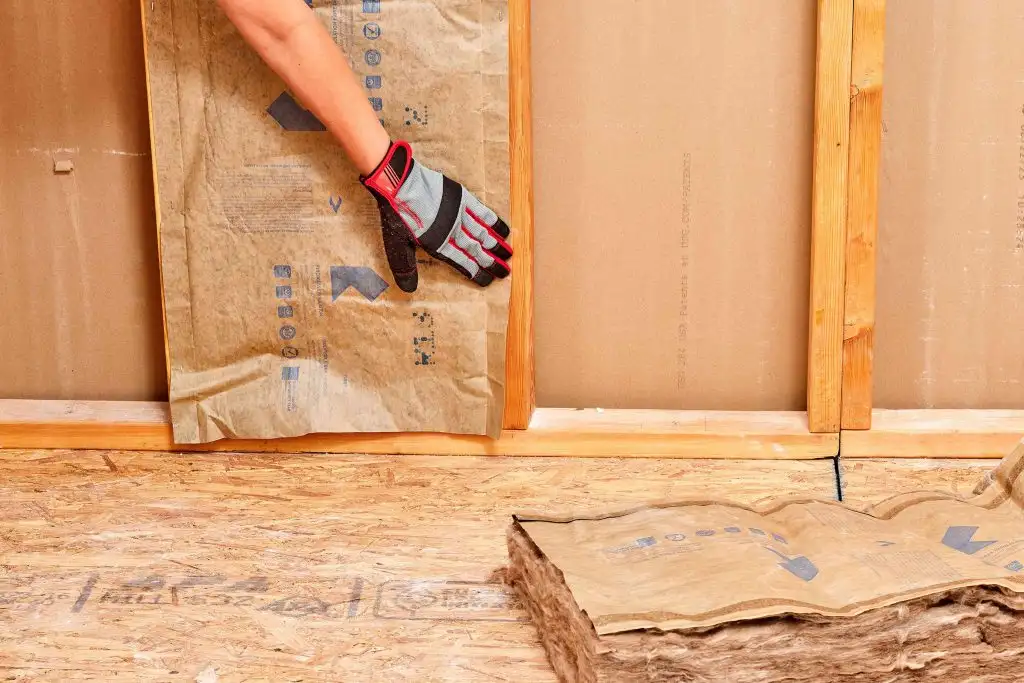As energy costs continue to rise, homeowners are seeking ways to reduce their energy consumption and lower their utility bills. One of the most effective ways to achieve this is through proper insulation installation. Insulation is the unsung hero of home energy efficiency, working tirelessly behind the scenes to keep your home warm in the winter and cool in the summer. In this blog post, we’ll delve into the world of insulation installation, exploring its benefits, types, and providing a comprehensive guide to help you unlock long-term energy savings.
The Importance of Insulation
Insulation is a critical component of any home, playing a vital role in maintaining a consistent indoor temperature. Without proper insulation, heat can escape through walls, floors, and ceilings, forcing your heating and cooling systems to work harder, resulting in increased energy consumption. This not only leads to higher energy bills but also reduces the lifespan of your HVAC systems.
Benefits of Insulation Installation
- Energy Efficiency: Insulation helps reduce heat transfer, keeping your home warm in the winter and cool in the summer, resulting in lower energy bills.
- Long-Term Savings: Proper insulation installation can save homeowners up to 30% on their energy bills, leading to significant long-term savings.
- Increased Comfort: Insulation ensures a consistent temperature throughout your home, eliminating cold spots and drafts.
- Environmental Benefits: By reducing energy consumption, insulation installation helps reduce greenhouse gas emissions, contributing to a more sustainable future.
- Increased Home Value: Proper insulation installation can increase your home’s value, making it more attractive to potential buyers.
Types of Insulation
- Fiberglass Batt Insulation: The most common type, made from spun glass fibers.
- Cellulose Insulation: Eco-friendly, made from recycled paper products.
- Spray Foam Insulation: High-density, expanding foam for maximum coverage.
- Radiant Barrier Insulation: Reflective material for attics, reducing summer heat gain.
- Rigid Foam Insulation: High-density, durable insulation for exterior applications.
A Comprehensive Guide to Insulation Installation
- Conduct an Energy Audit: Identify areas in your home where energy is being lost.
- Choose the Right Insulation: Select the appropriate type for your climate, budget, and needs.
- Prepare the Area: Clear the space, wear protective gear, and ensure proper ventilation.
- Install Insulation: Follow manufacturer instructions for installation, ensuring a snug fit.
- Seal Gaps and Cracks: Use caulk or spray foam to seal any gaps or cracks.
- Inspect and Maintain: Regularly inspect and maintain your insulation to ensure optimal performance.
Conclusion
Insulation installation is a simple yet effective way to unlock long-term energy savings. By understanding the benefits, types of insulation, and following our comprehensive guide, you’ll be well on your way to transforming your home into an energy-efficient haven. Don’t let heat escape – insulate and start saving today!

